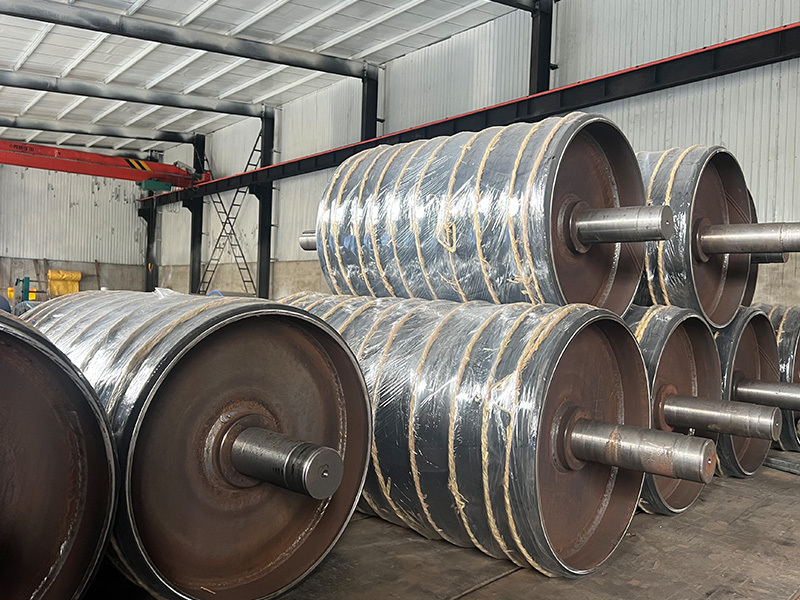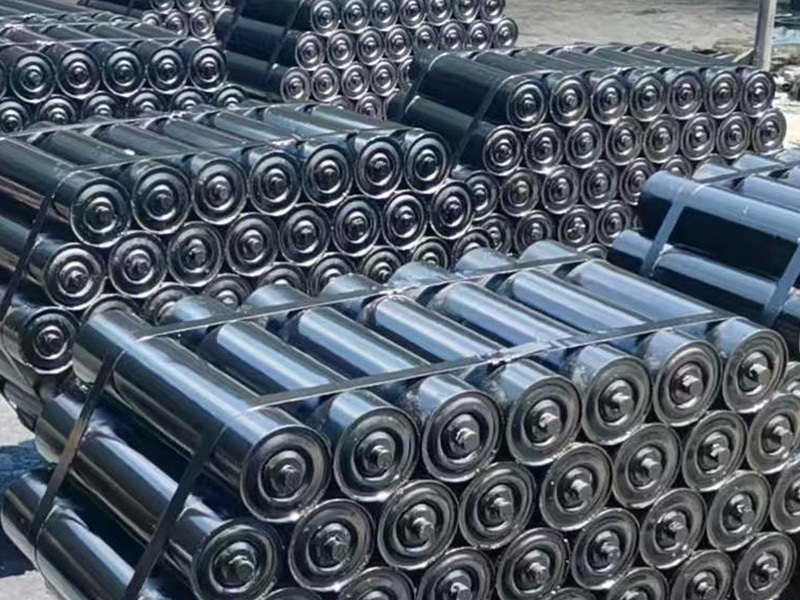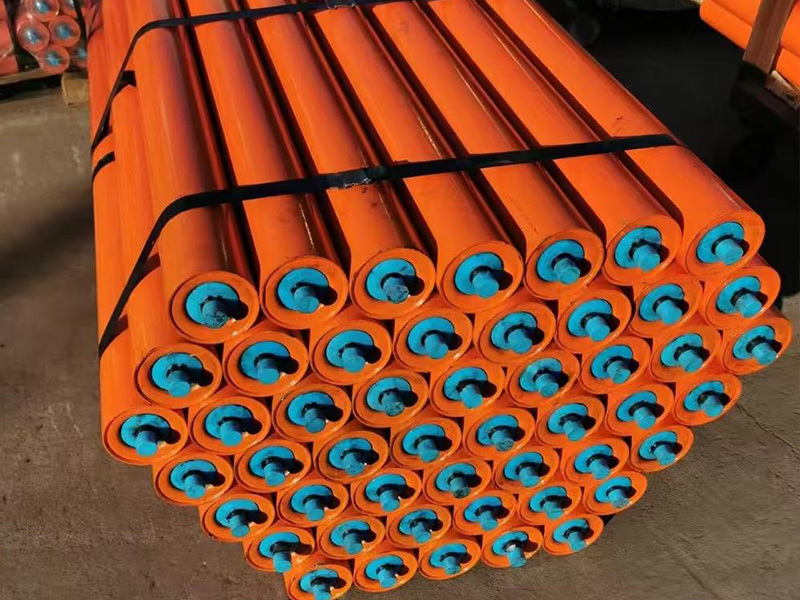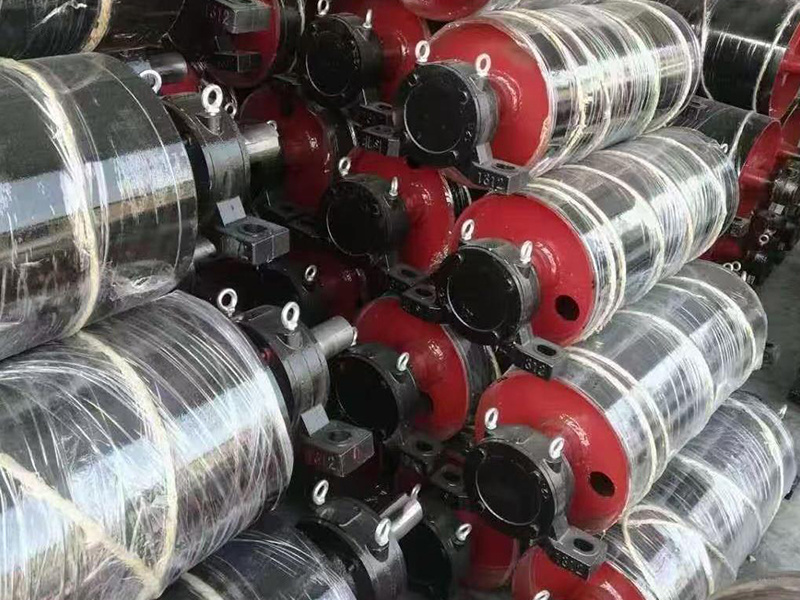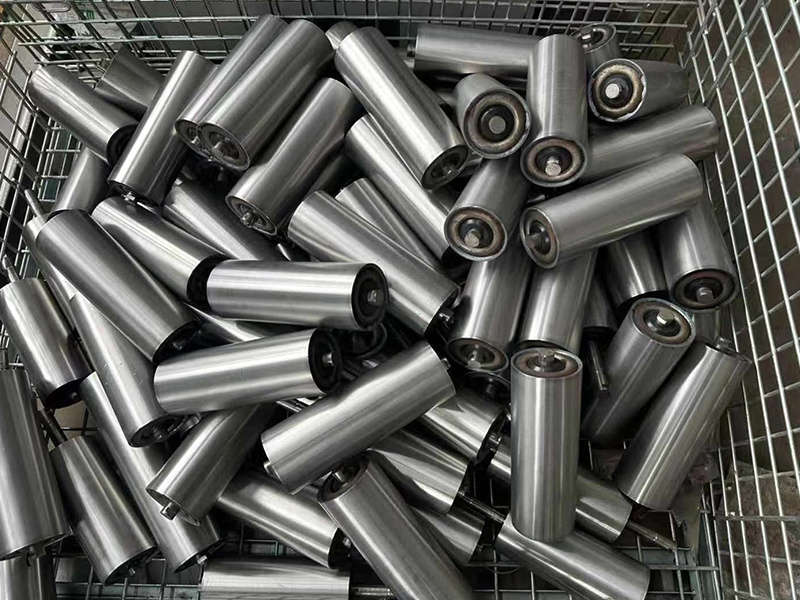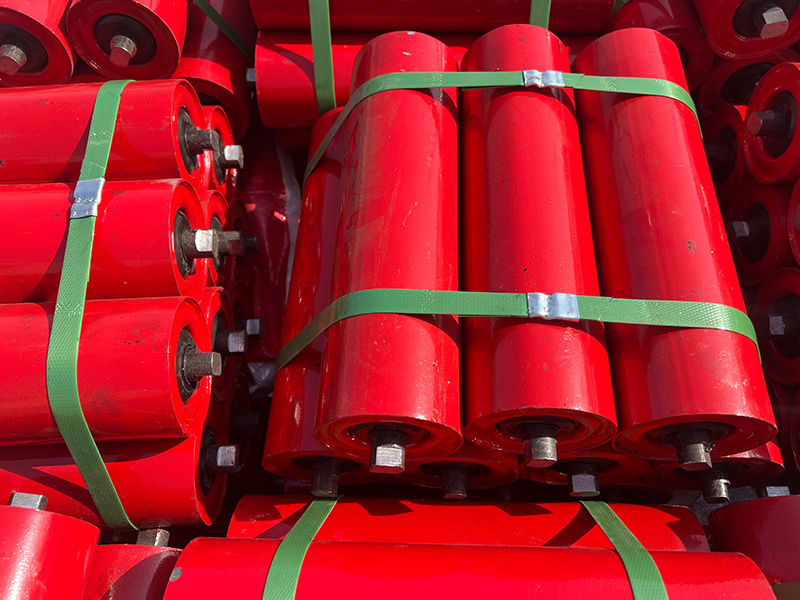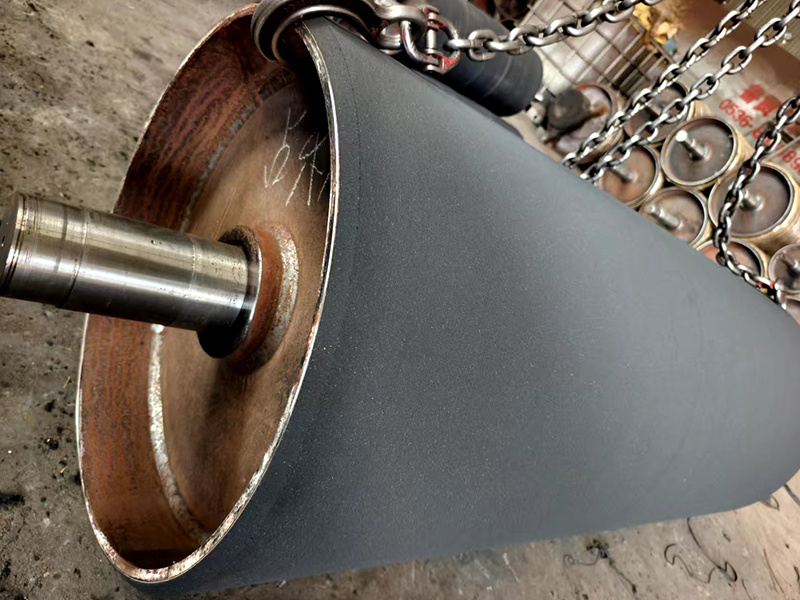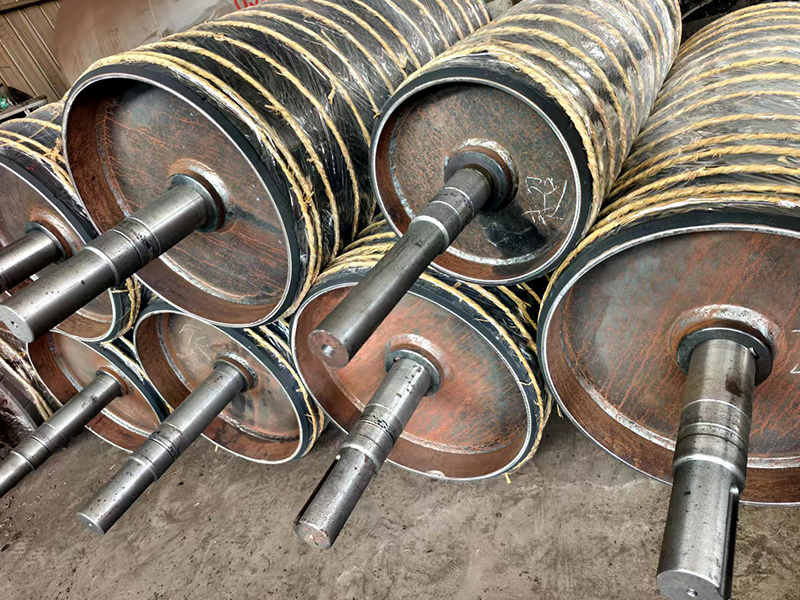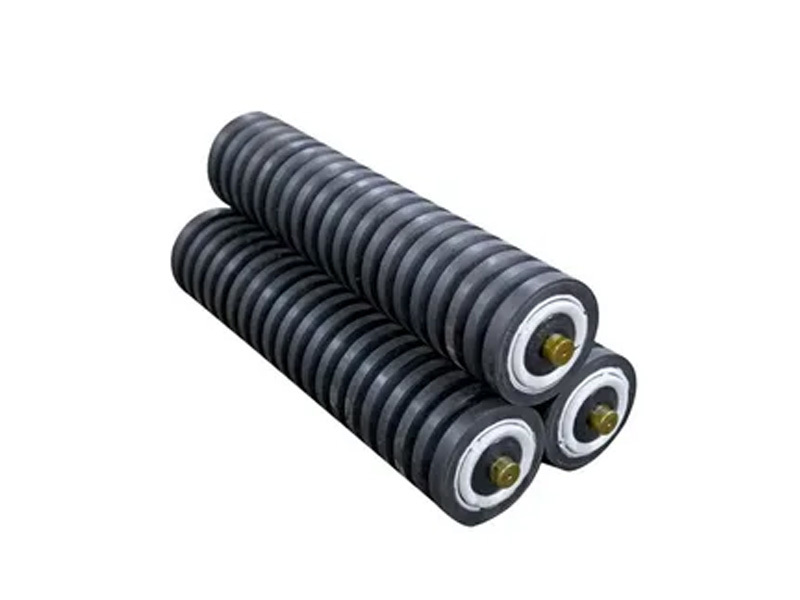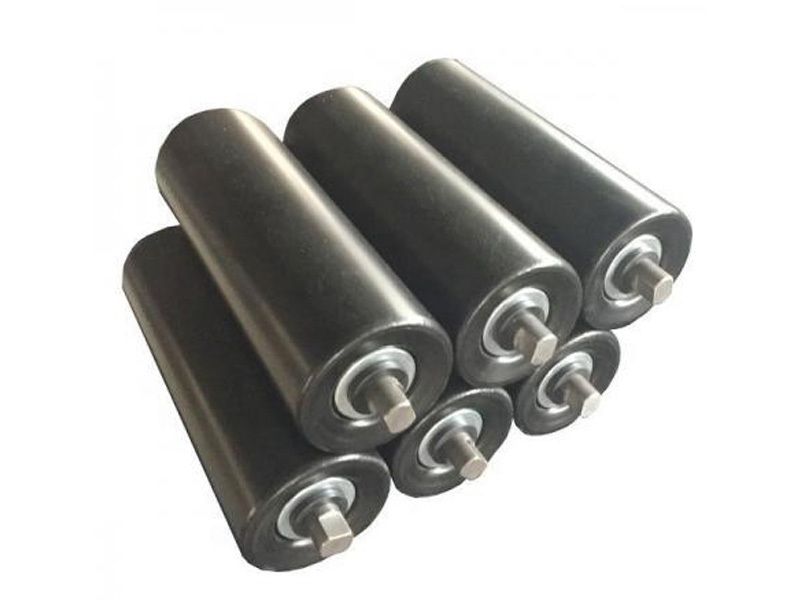Product Series
Contact Us
Telephone:
+86 13933091555
+86 13733368082
Whatsapp:
E-mail:
clairewang@bestconveyorbelt.net
Address:
North of Xiwanggezhuang Village, Boye County, Baoding City, Hebei Province
Mining: Used for material conveying in industries such as coal, cement, and power. Manufacturing: Used for material conveying and transmission on production lines. Warehousing and logistics: Used for sorting, storage, and transportation of goods in warehouses and logistics centers. Other industries: Such as chemical, building materials, and metallurgy industries, also require the use of rollers for material conveying.
OEMMining: Used for material handling in industries such as coal, cement, and power. Manufacturing: Used for material handling and transfer on production lines. Warehousing and Logistics: Used for sorting, storing, and transporting goods in warehouses and logistics centers. Other Industries: Industries such as chemical, building materials, and metallurgy also require the use of rollers for material handling.
OEMA cast rubber roller is an industrial drive roller with a surface covered in a special rubber layer. Its core structure is a composite of a high-strength steel roller body and a wear-resistant rubber layer. It is designed to enhance the friction, cushioning, and durability of the conveyor system. It is widely used in belt conveyor drive, redirection, or tensioning parts, effectively reducing belt slippage, wear, and noise.
OEMA cast rubber roller is an industrial drive roller with a surface covered in a special rubber layer. Its core structure is a composite of a high-strength steel roller body and a wear-resistant rubber layer.
OEMSelect suitable rollers: Select appropriate rollers based on factors such as conveyor type, material properties, and operating environment. Regular inspection and maintenance: Regularly check the operation of the rollers, clean and lubricate them in a timely manner to ensure normal operation. Prevent contamination: During use, pay attention to preventing rollers from being contaminated by dust or other pollutants to avoid affecting the conveying effect.
OEMMining: Used for material conveying in industries such as coal, cement, and power. Manufacturing: Used for material conveying and transmission on production lines. Warehousing and Logistics: Used for sorting, storing, and transporting goods in warehouses and logistics centers. Other industries: Such as chemical, building materials, and metallurgy, also require the use of rollers for material conveying.
OEMSupporting Role: The main function of the idler roller is to support the conveyor belt and material weight, ensuring the stable operation of the conveyor belt. Reducing Friction: High-quality idler rollers operate flexibly and reliably, reducing the friction between the conveyor belt and the idler rollers, thereby extending the service life of the conveyor belt.
OEM


